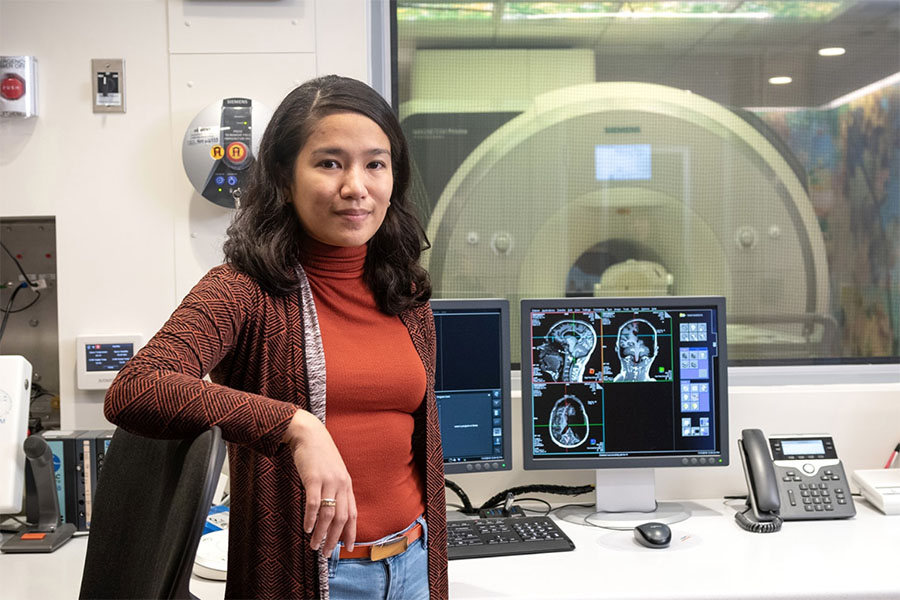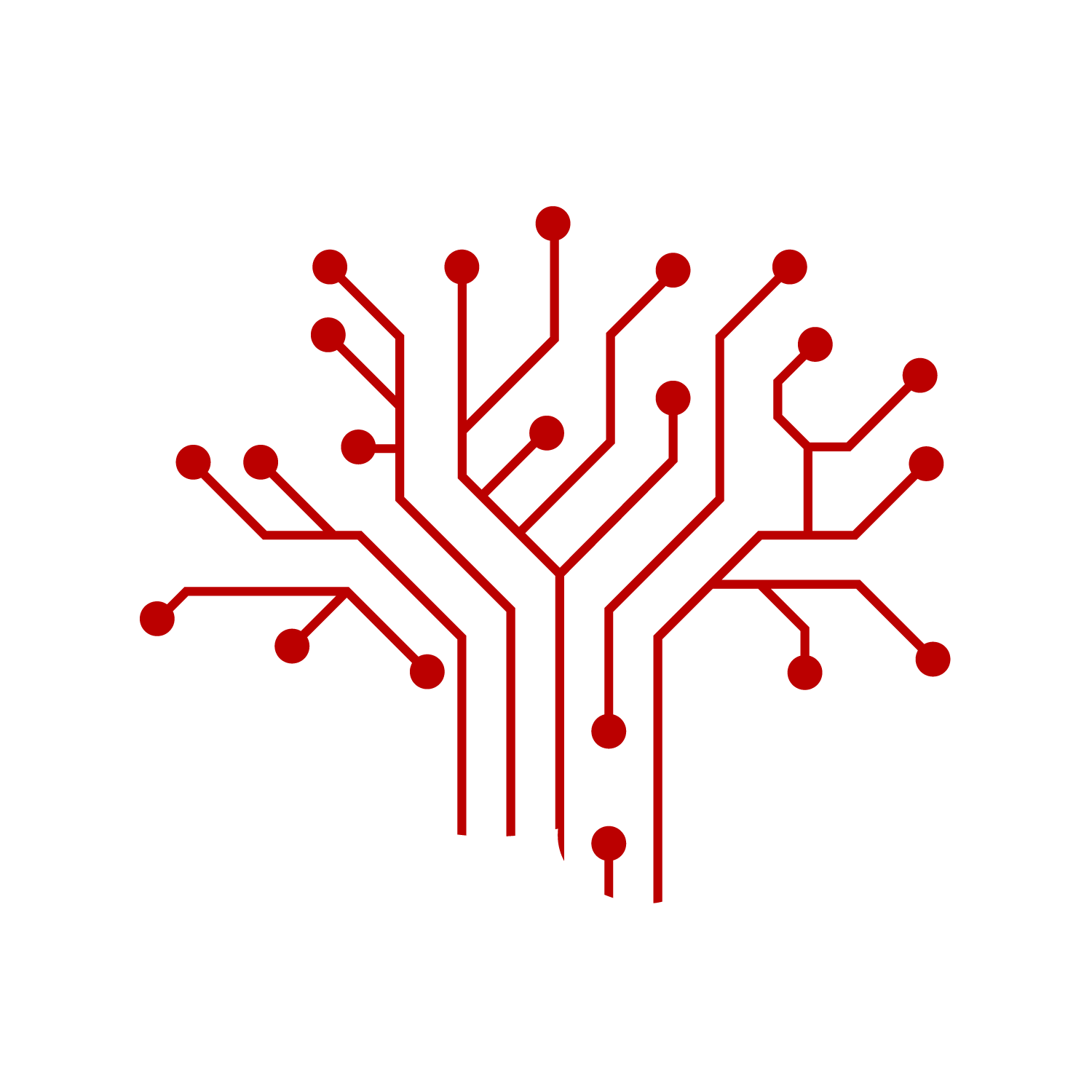Maallo Sees the Brain Through a Different Lens
By Caroline Sheedy
When Marge Maallo was a physicist working in digital holography, she liked the work, but there was one problem — she didn’t like working by herself.
“My first job was working with lasers in a dark room. I learned something about myself, and I knew I wanted my Ph.D. to be something that was collaborative,” Maallo said.
After a earning a Ph.D. in neuroscience from the University of Queensland in Australia, Maallo found a very collaborative job, where she doesn’t just get to work with people, she gets to help them. As a postdoctoral researcher in Professor Marlene Behrmann’s laboratory at Carnegie Mellon University, Maallo is working with children and adolescents who need surgery to manage their epilepsy.
“The kids we work with have seizures multiple times a day and don’t respond to medicine, so surgery is one option that can help them,” Maallo said.
“I’m constantly amazed at how resilient the brain can be.”
In most cases, doctors are able to successfully remove the part of the brain where the seizures originate, and the children become seizure-free. Maallo and her team collaborate with medical and surgical doctors at UPMC Children’s Hospital of Pittsburgh to understand how the brain recovers from the surgery and how it’s possible to support normal behavior with the remaining parts of the brain.
“I’m constantly amazed at how resilient the brain can be,” Maallo said.
Behrmann’s lab is interested in understanding what happens to visual behavior if parts of the visual cortices are removed. Their work has shown that even if you take out a large portion of the brain, including the visual cortex, patients can still behave normally compared to typically developing children. “That’s exciting and surprising,” Maallo said.
Using cutting-edge equipment in the CMU-Pitt Brain Imaging Data Generation & Education (BRIDGE) Center, Maallo scans the brains of patients to examine the structural and functional connectivity in their brains.
“We look at the white matter pathways, the connection between the different parts of the brain,” she explained. “We study that in scans and compare them to brains of typical children of the same age.”
Maallo sees neuroscience through the eyes of a physicist.
In work they hope to publish soon, Maallo and her colleagues found that the damage to the white matter pathways in the brain of patients who had surgery did not spread out beyond the resection site. Even more important, they found that the side of the brain that doctors did not operate on was normal compared to other children.
Maallo sees neuroscience through the eyes of a physicist.
“Sometimes I find that the work I’m doing reminds me of my physics background. In physics, I loved making circuits and taking them apart. In a way, the brain is something like that. We want to know what happens if you don’t have a certain part of the brain.”
It’s not unusual for researchers from diverse backgrounds to find their way to neuroscience, said Barbara Shinn-Cunningham, director of the Neuroscience Institute at Carnegie Mellon.
“I started my own career as an engineer,” Shinn-Cunningham said. “To make progress in brain research we need biologists, computer scientists, engineers and more. When you bring all of these people together you can start to answer fundamental questions about the brain.”
When she’s not in the lab, you may find Maallo pursuing another passion, science communication. She’s the Pittsburgh coordinator of Pint of Science, a nonprofit organization that brings scientists to pubs and cafes for themed science talks for the general public. You can expect to see some Pint of Science events in Pittsburgh this May.
Have a suggestion for Staff Spotlight? Send it to piperweekly@andrew.cmu.edu.


